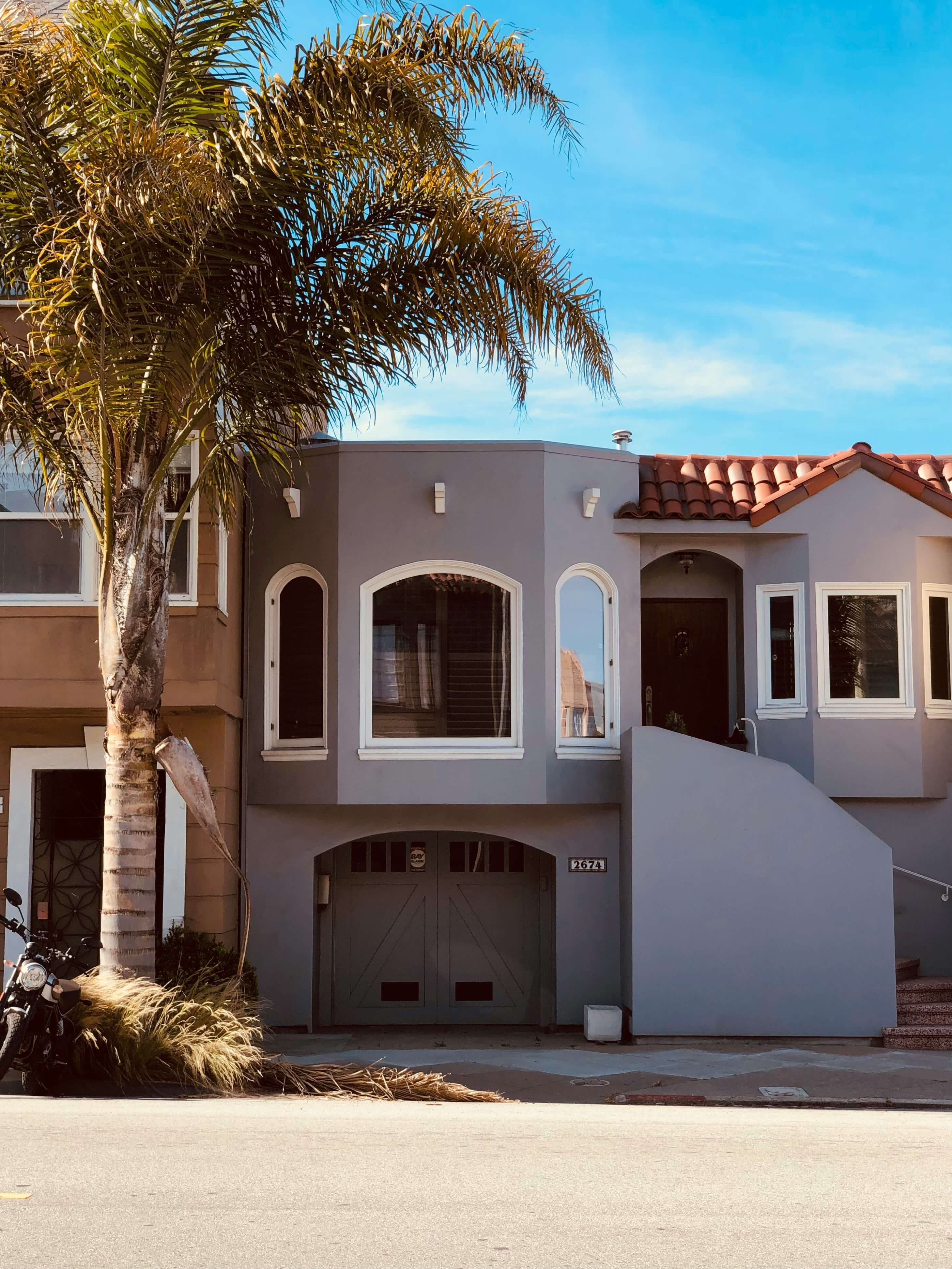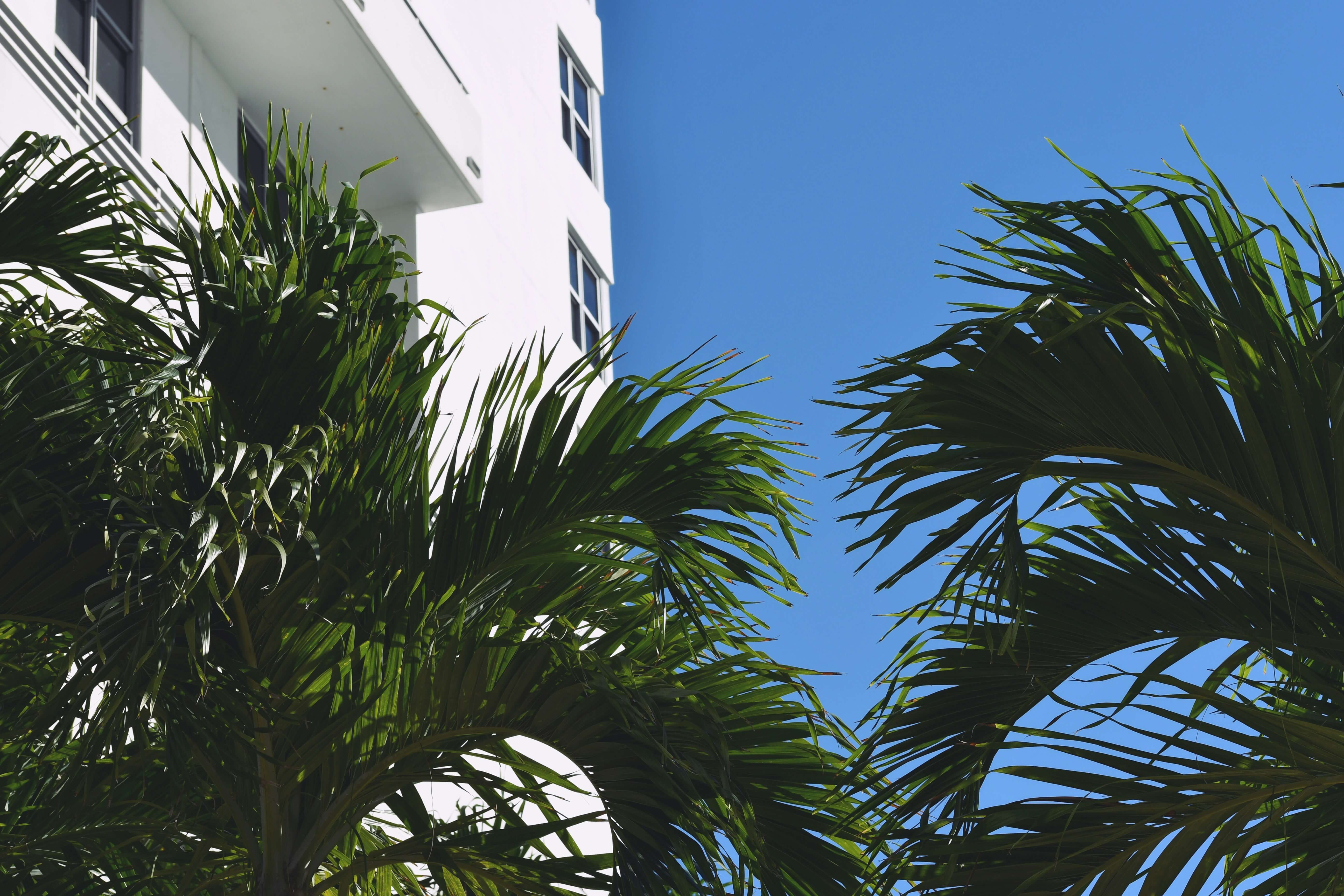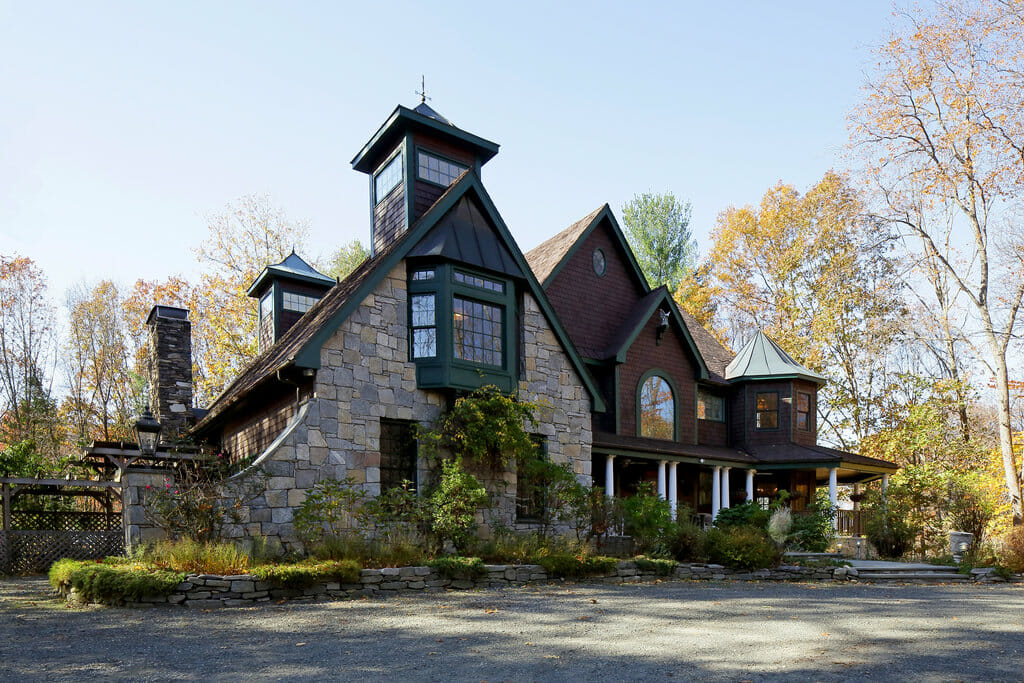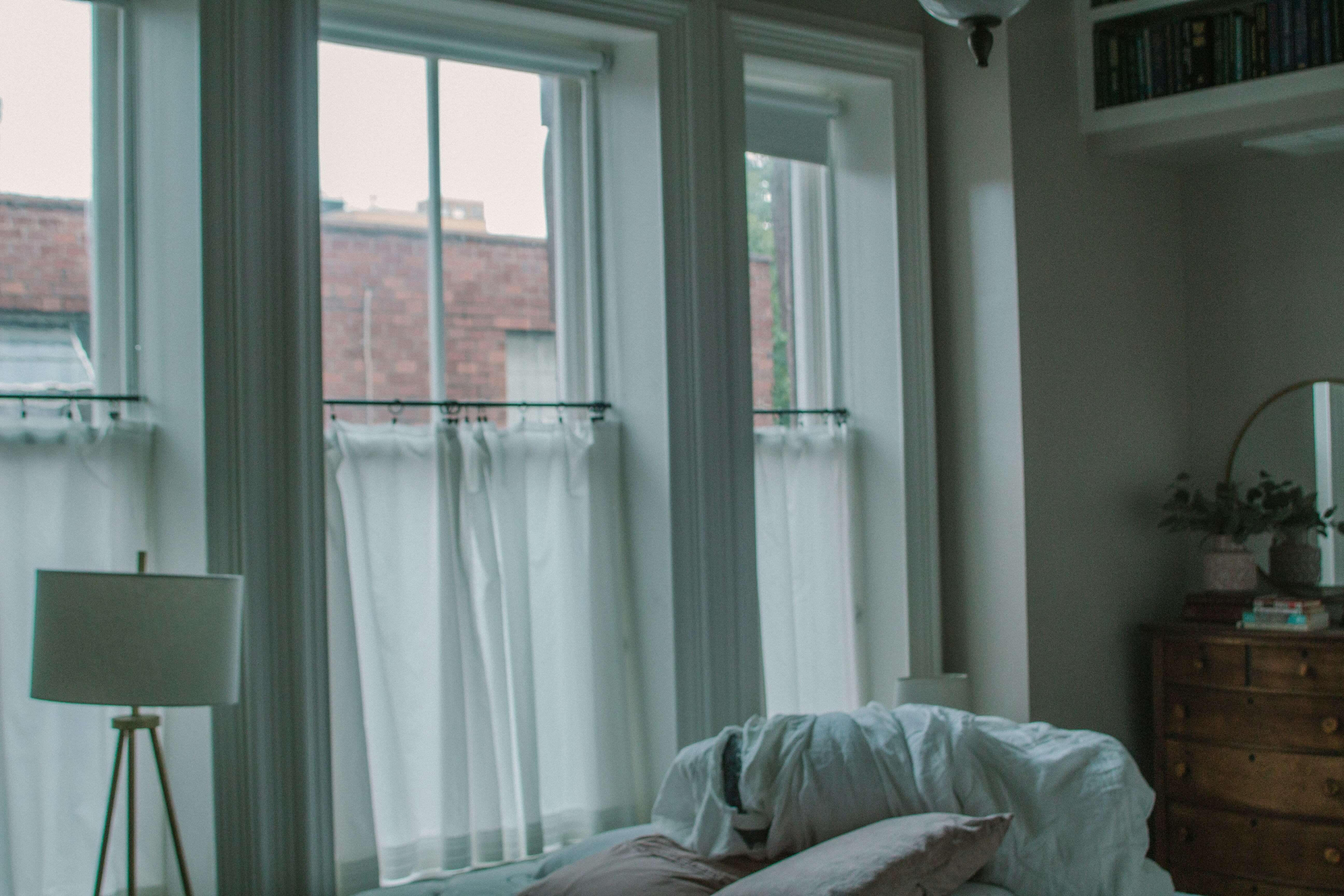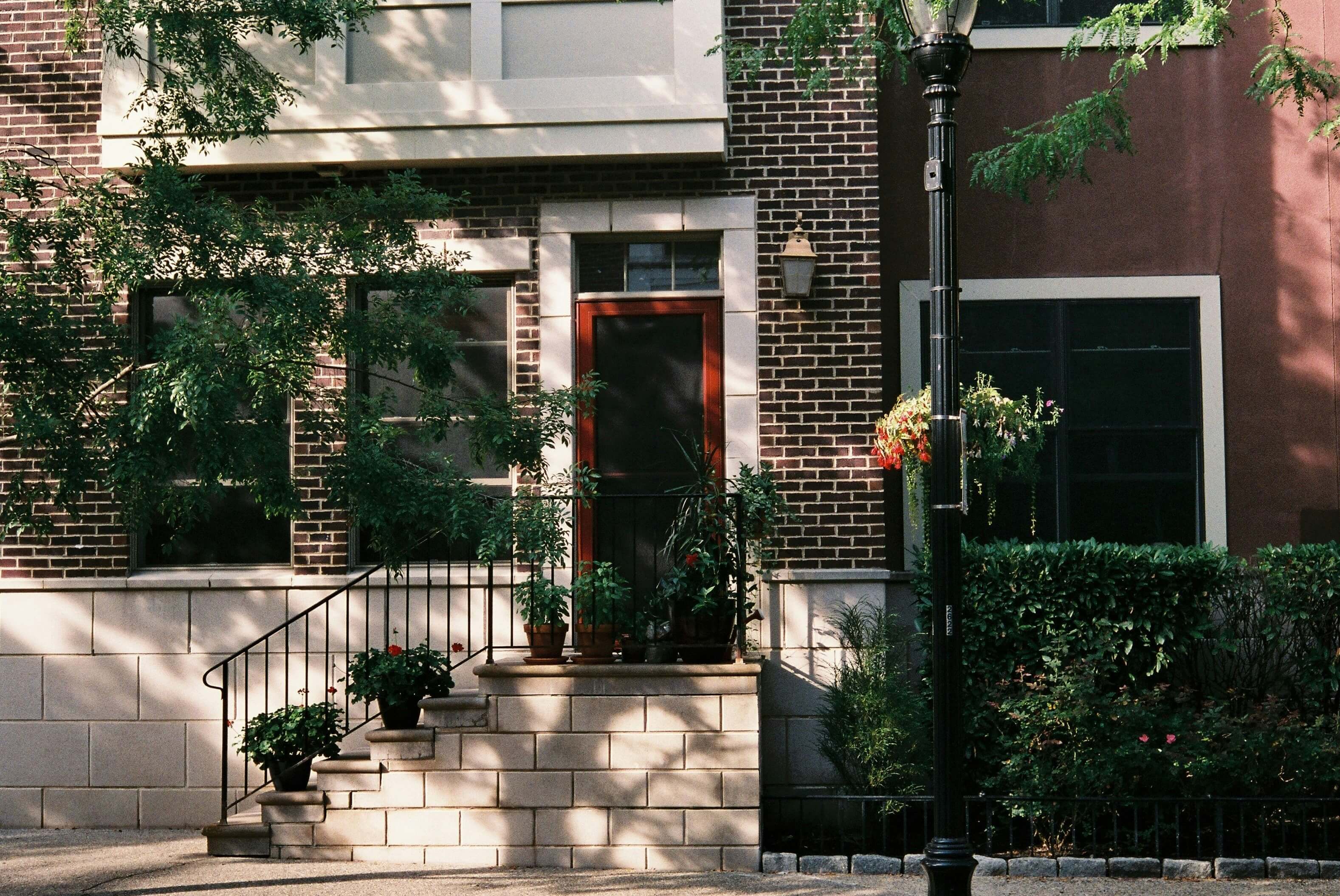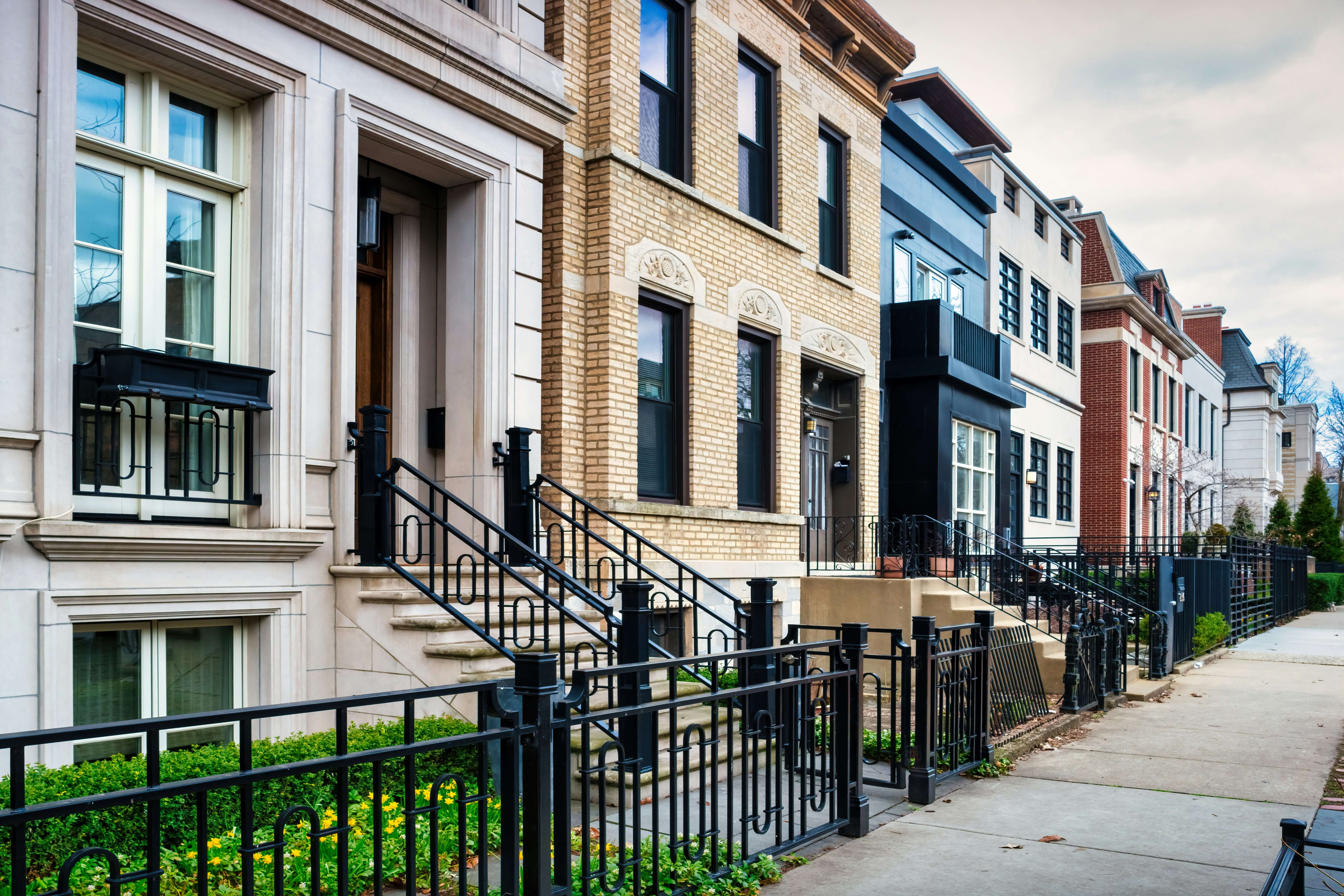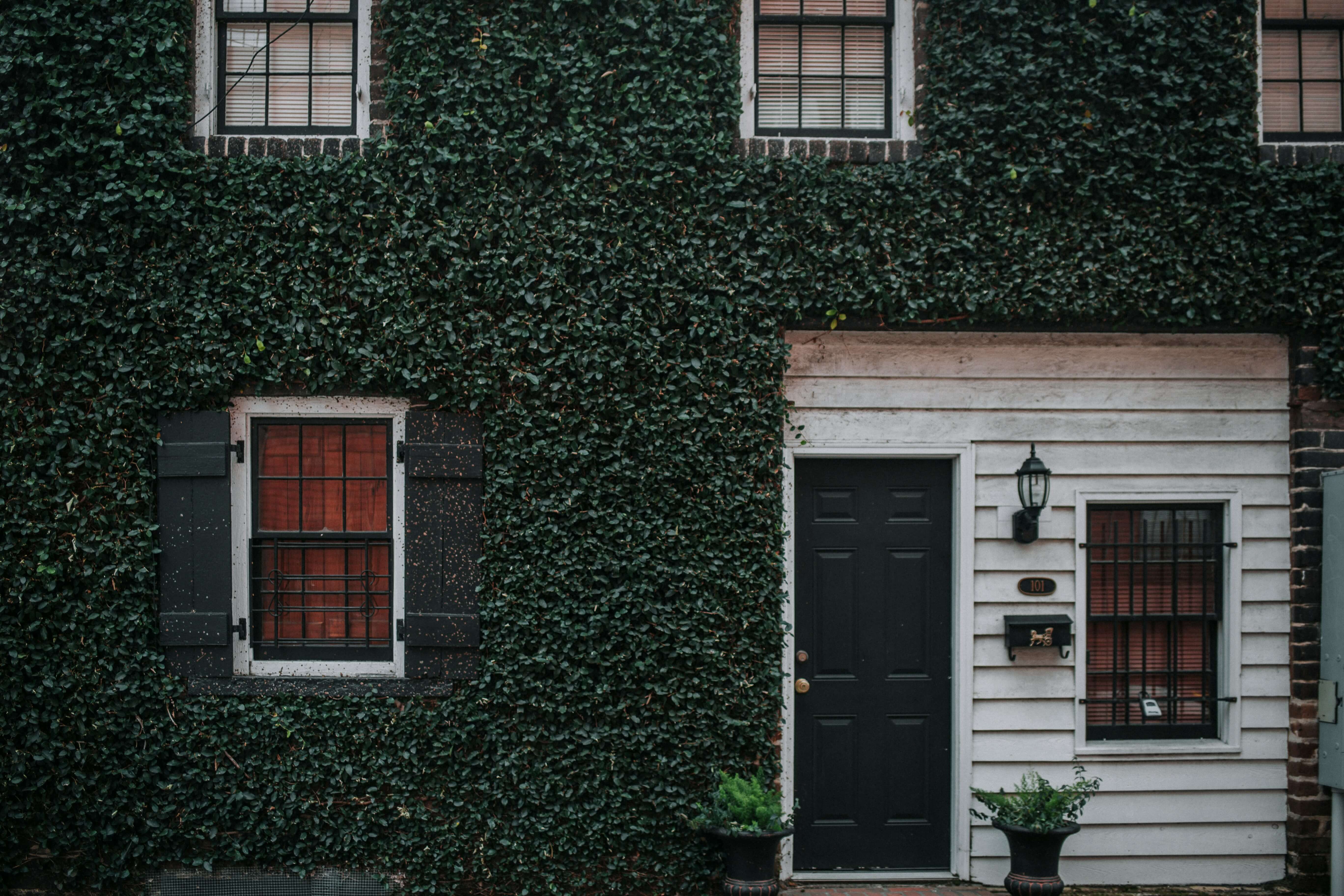Cost of Replacing Windows in California in 2025
Replacing windows in California in 2025 will cost homeowners roughly $300 to $1,200 per window installed for most standard sizes and types. Full-home replacement (e.g. all windows in a medium-size house) often runs $8,000 to $20,000+, depending on number of windows, materials, type, size, and labor. Prices vary by city, type of window, frame material, energy-efficiency features, and whether specialty or premium styles are used. In high-cost areas or with custom windows you can expect much more.
Average Window Replacement Costs in California
| Component | Typical Price Range per Window (Standard Sizes) |
|---|---|
| Basic vinyl, double-pane (simple frame, existing opening, no major repair) | $300 to $600 |
| Wood or premium materials; upgraded glass (Low-E, tempered, etc.) | $700 to $1,200+ |
| Specialty windows: bay/bow, large picture, custom shapes | $2,500 to $6,000+ |
| Full-home project (20-30 windows) | $10,000 to $25,000+ |
Labor typically adds a significant portion: removal of old windows, disposal, finishing, possible repair of frames or siding, sealing, etc., especially in older homes or those with stucco, complicated finishes, or second-story windows. California’s stricter energy codes and permitting in some cities also tend to push up “premium” or “energy-efficient” windows.
Window Costs by City in California
Here’s how costs differ in several major California areas. These are approximate and based on recent published data. Your actual quotes may vary.
| City / Region | Typical Cost Range |
|---|---|
| Los Angeles | $383 to $800 |
| San Diego | $463 to $672 |
| Sacramento | $500 to $600 |
| San Francisco / Bay Area | $600 to $1,200 |
Energy-Efficient, Low-E, Double-Pane Window Costs California
Because of California’s climate, energy codes, high heating and cooling costs, and environmental awareness, the top product type in many areas is energy-efficient double-pane windows with Low-E coatings, often in vinyl or fiberglass frames, sometimes with upgraded glass packages (e.g. argon fill, tempered glass if required for safety or wildfire exposure).
Typical Price Ranges for Energy-Efficient Windows
- Standard Vinyl Frame, Low-E Double Pane: $500 to $800 per window installed.
- Upgraded Frame (Fiberglass or Wood Clad): $1,000 to $1,500+ per window.
- Specialty Units (Bay, Bow, Custom Arches): $2,500 to $5,000+ depending on size and design.
City-Specific Pricing for Energy-Efficient Windows
Here’s what you can expect to pay for energy-efficient standard windows vs premium ones.
| City | Energy-Efficient Standard Window | Upgraded or Premium Window |
|---|---|---|
| Los Angeles | $500 to $800 | $1,200 to $2,000+ |
| San Diego | $600 to $1,200 | $1,200 to $2,000+ |
| Sacramento | $500 to $800 | $1,000+ |
Return on Investment (ROI) of Energy-Efficient or Upgraded Windows
Upgrading to energy-efficient windows in California can deliver:
- Lower Energy Bills: Reduced heat gain in summer, reduced heat loss in winter = savings on cooling/heating.
- Increased Comfort: Less draft, better indoor temperature control, reduced condensation or leaks.
- Potential Insurance Savings: Meeting safety or wildfire building code requirements (e.g. tempered glass, ember resistance) may reduce risk.
- Improved Resale Value: Buyers often look for energy efficiency. Window upgrades often recoup a good portion of purchase cost.
- Rebates and Incentives: Often available via state or utility programs for Energy Star windows, or local wildfire safety or home safety incentives.
Exact ROI depends on climate zone, current window condition, how many windows, and what kind of glass or frame upgrades are done.
What Affects Window Replacement Costs in California
Some of the major cost-drivers include:
- Frame Material: Vinyl is usually cheapest; fiberglass or wood (especially wood clad or premium wood) costs more.
- Glass Type / Glazing: Double pane, Low-E, tempered, or laminated glass add to costs. Wildfire or hurricane zones may require stricter glazing.
- Window Style & Size: Simple double hung or sliding windows are cheaper. Bay, bow, custom shapes, or large picture windows cost more.
- Labor & Access: You’ll find high labor rates in many California cities. Second-story access, stucco removal, or difficult framing increase costs.
- Permitting, Building Codes & Energy Compliance: Local codes may require energy efficiency or safety features like tempered or laminated glass.
- Quantity: Replacing many windows at once often lowers per-unit cost compared to replacing just one or two.
- Frame Replacement vs. Retrofit: Full frame replacements cost more than retrofit installations into existing frames.
- Season & Supply Chain: Material costs, shipping, and lead times affect price. Specialty wood or custom shapes often take longer to source.
Climate & Regional Considerations in California
California is large and varied. Regional differences that impact window replacement costs and product choices include:
- Coastal vs. Inland: Salt air requires corrosion-resistant frames (aluminum or clad), tempered or laminated glass for storms, and added moisture protection.
- Fire Zones: Wildfire-prone areas need tempered glass, ember screens, and non-combustible frame materials, which raise costs.
- Hot Inland Zones: Central Valley and desert regions benefit from windows with better cooling performance, increasing costs.
- Cold Climate Zones / Higher Elevation: Lower U-factors, triple-pane glass, or thicker glass may be required, adding expense.
- Seismic Zones: Framing and glass are less affected, but stricter inspections and building standards can increase project costs.
Popular Window Types in California Homes
Here are common styles and materials with average cost per window installed in California:
| Window Type | Average Cost Installed | Notes |
|---|---|---|
| Vinyl Double-Pane | $300 to $800 | Most common and cost-effective option. Strong energy savings, especially with Low-E coatings. |
| Fiberglass | $500 to $1,200 | Durable and resistant to warping in heat. Popular in coastal areas. |
| Wood or Wood-Clad | $700 to $1,500 | Premium look, common in historic districts, but higher maintenance. |
| Impact-Resistant / Fire-Rated | $900 to $2,500 | Required in wildfire or high-wind zones. May qualify for insurance discounts. |
| Bay or Bow | $2,500 to $6,000+ | Specialty feature windows that add major curb appeal but come at a premium. |
Best Window Brands for California Homes
While specific pricing depends on sales channels and contractors, some window brands that are well regarded and commonly used in California include:
- Pella: Known for premium options, wood and clad windows, strong warranties.
- Milgard: Has good presence in California; offers vinyl, fiberglass, wood/clad options.
- Andersen: Strong in premium; versatile styles & performance.
- Marvin: Especially for custom, historic, or high-performance window styles.
When comparing, check for warranty, energy efficiency ratings (U-factor, SHGC), materials, frame durability, and local availability & service.
Local Permits and California Window Codes
Replacing windows in California almost always requires a building permit, especially if you’re changing window size, style, or location. Permit costs vary but often run $100 to $1,000, depending on the city and scope of work.
California also enforces Title 24 energy-efficiency standards, which regulate window U-factors, solar heat gain coefficients, and visible transmittance. Meeting these requirements may increase upfront cost but ensures long-term energy savings.
If you live in a homeowners’ association, approval may be required for frame color, style, or grid pattern. This can affect both timing and available window choices.
California Window Incentives and Rebates
Homeowners may qualify for incentives when upgrading to energy-efficient or wildfire-resistant windows:
- Utility Rebates: Many California utilities, such as PG&E, SDG&E, and LADWP, offer rebates for Energy Star-certified windows.
- PACE Financing: The Property Assessed Clean Energy program allows you to finance efficiency improvements, including windows, through your property taxes.
- Wildfire Hardening Grants: In high fire-risk areas, programs sometimes provide funding to upgrade to tempered or laminated glass that resists breaking under extreme heat.
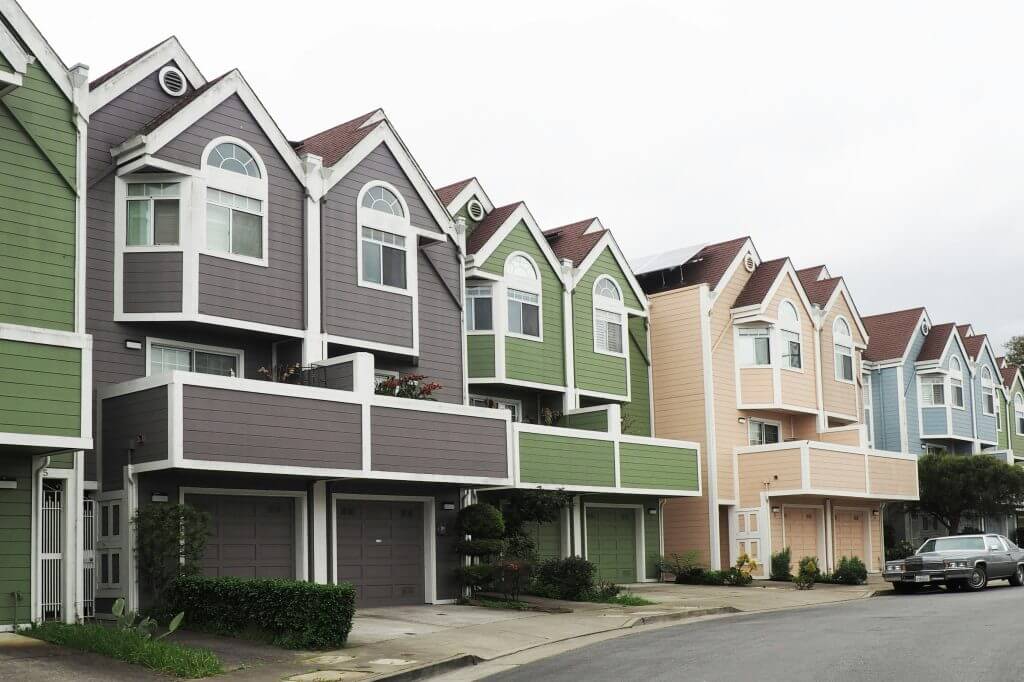
FAQs About Replacing Windows in California
What’s the best window type for California’s climate?
In most areas, double-pane windows with Low-E glazing are a good balance of cost and performance. In coastal or wildfire-prone zones, materials that resist corrosion, tempered or laminated glass, and ember protection matter.
When is the best time of year to replace windows in California?
Spring and fall are often best. Milder weather makes installation easier. Demand is lower than in peak summer, so contractors may offer better scheduling or price. Winter can be trickier for sealing etc., and mid-summer may cost more due to high demand.
Do energy-efficient window upgrades increase home value?
Yes, upgrades that improve comfort, reduce utility bills, and meet energy or safety standards tend to add resale value. The exact return depends on the neighborhood and how visible or important such upgrades are in that local market.
How much more do specialized windows cost vs standard ones?
Specialty windows (large, custom shape, bay, bow, arched, or with premium frame material or glass features) often cost two to five times what a standard double pane, double hung unit costs.
Are rebates or insurance discounts available in California?
Yes, many utility companies offer rebates for Energy Star windows. Some cities have incentive programs. In wildfire zones, upgrades (tempered or laminated glass, ember screens) may help with insurance. Always check local utility and state programs and your insurance provider.
Next Steps for Homeowners in California
- Count and Measure: Identify which windows are standard vs. specialty, and note frame material and condition
- Get Quotes: Request multiple bids from local contractors and confirm what’s included (frame, glass, removal, sealing, finish work)
- Compare Specs: Review Low-E, U-factor, tempered glass, frame type, and warranties; these affect performance and rebates
- Check Codes: Ensure compliance with local building codes, fire safety, and wildland-urban interface requirements
- Budget Extras: Account for permits, siding or frame repairs, second-story access, or coastal finishing
- Explore Financing: Look into utility rebates, state and local programs, and contractor financing options
- Plan Timing: Choose a season with mild weather and lower installer demand for better scheduling and cost
When you’re ready to move forward, we can help by matching you with pre-vetted local window replacement contractors who understand California’s building codes, climate zones, and material demands. Whether you need standard vinyl double-pane units or specialty framed or fire-rated windows, these professionals are evaluated for reliability, past work quality, and pricing transparency. Getting matched this way helps ensure you receive accurate, fair quotes.
Compare top-rated windows pros in your area.
Read real homeowner reviews, explore qualifications, and view promotions. Modernize makes it easy to browse professionals and find one that will be perfect for your project.
